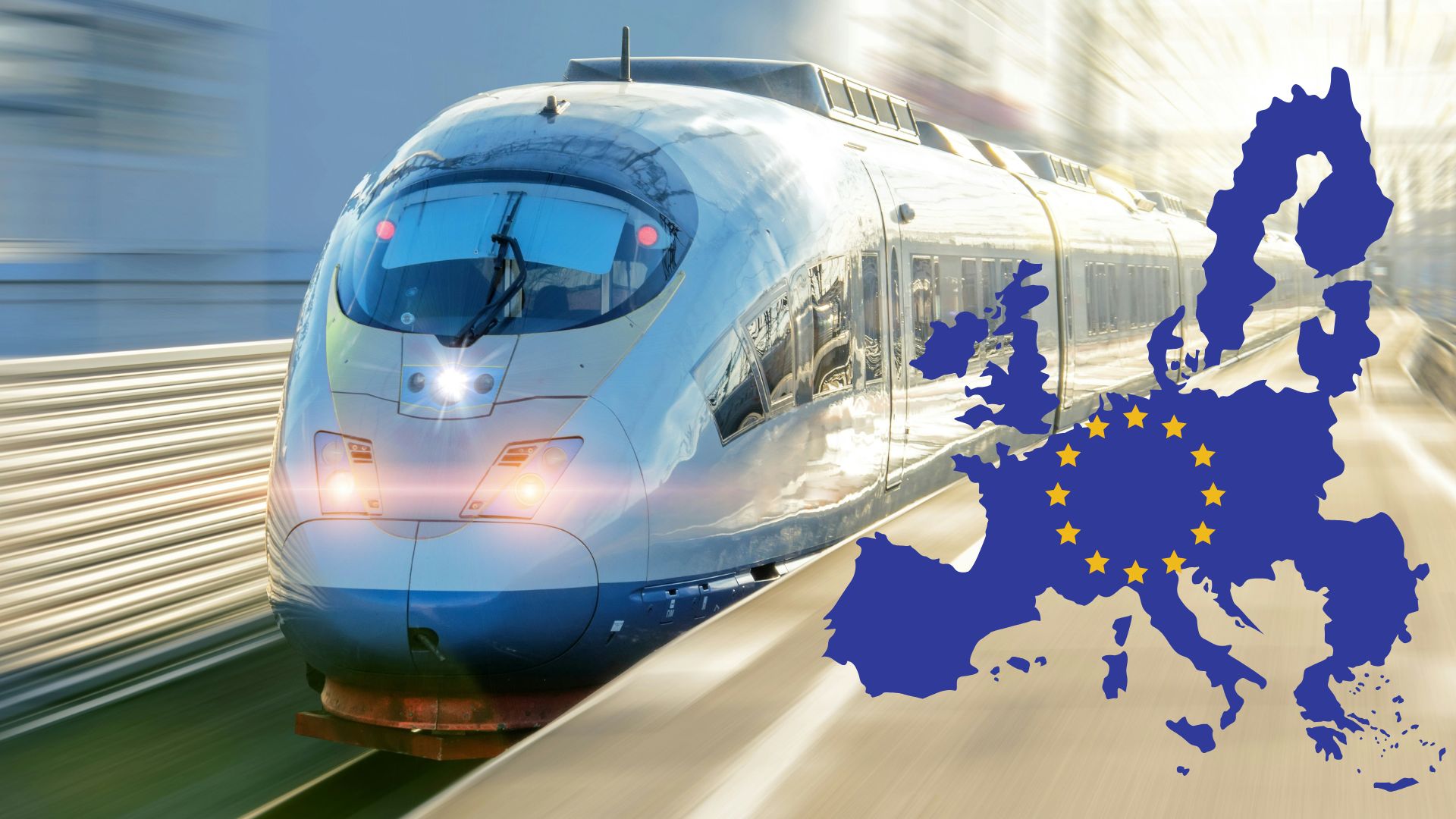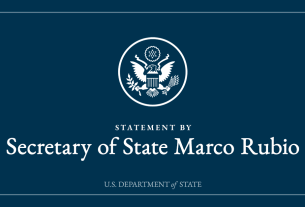By 2040, a train ride from Vienna to Berlin should take no longer than a long movie night: four and a half hours. Today, the journey takes over eight hours. The EU wants high-speed trains like these to become the new normal — bringing Europe’s cities closer together than ever before. To achieve this, it is planning a dense network of high-speed rail lines connecting the continent’s major urban centers.
The map of future high-speed routes reads like an invitation to city-hopping. Berlin–Copenhagen in four hours, Madrid–Lisbon in three instead of nine, Berlin–Prague–Vienna in four and a half instead of more than eight. Travel times between Sofia and Athens or Budapest and Bucharest are also set to nearly halve. Even the north is pulling closer: with Rail Baltica, Tallinn, Riga and Vilnius will be directly connected to the Western European network for the first time.
Trains will run at 200 km/h on upgraded and newly built tracks
To make this happen, a few new timetables won’t be enough. The EU plans to upgrade old lines, build new tunnels and bridges, and close gaps at borders. At the heart of the strategy is the TEN-T network — a kind of backbone for Europe’s transport system.
France, Spain, Italy and Germany currently hold the largest share of the existing 12,000 kilometers of high-speed rail. They are meant to serve as models for Central and Eastern European countries, where modern railway infrastructure is still widely lacking.
On many sections, trains are expected to run at least 200 km/h, and significantly faster on others. A digital signaling system with unified standards (ERTMS) will allow traffic to run more densely and safely.
Good news not just for holidaymakers: high-speed rail will also reduce truck traffic and highway congestion
“People want to switch to sustainable transport options. We must offer them affordable and attractive alternatives. The Commission’s plan for a European high-speed rail network is exactly what Europe needs right now,” says Andreas Schieder, head of the SPÖ delegation to the European Parliament and a member of the Transport Committee.
But it’s not just business travelers and tourists who stand to benefit. If more people use fast ICE- or Railjet-style trains, capacity on other lines will open up. Those routes can then be used more easily by night trains and freight trains. For logistics companies, this could mean fewer truck jams on the roads and more reliable rail transport.
The EU is also prepared to invest heavily. It estimates that around €345 billion will be needed to complete the planned core network by 2040. If large sections are built to allow speeds above 250 km/h, the total cost could rise to around €546 billion by 2050.
Funding is expected to come from EU programs such as the Connecting Europe Facility, loans from the European Investment Bank, and private investors — bundled into a “High-Speed Rail Deal” that Brussels aims to forge in 2026. To attract private investment, the Commission says the new lines must be economically viable to operate.
The EU Railway Agency (ERA) is set to receive strong powers to ensure unified technical standards across the planned network.
Europe’s climate strategy on rails
Behind the plan lies more than a desire for convenience. High-speed rail is a key part of climate policy: every trip that shifts from a short-haul flight to the train saves CO₂. The Commission aims to double high-speed rail traffic by 2030 compared to 2015, and triple it by 2050.
If it succeeds, city trips across Europe may one day take place naturally — and almost exclusively — by train.
The rights to the content remain with the original publisher.



